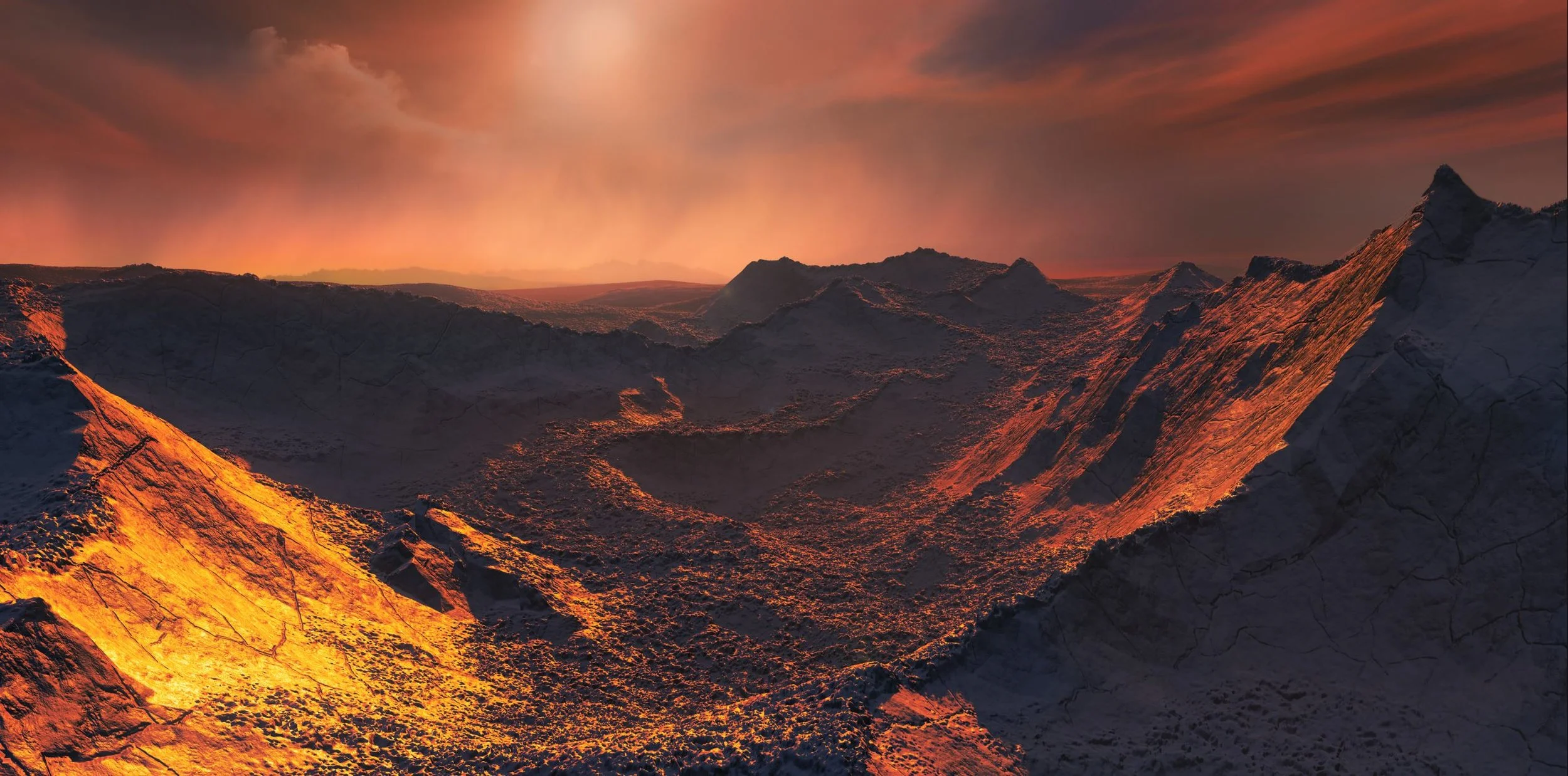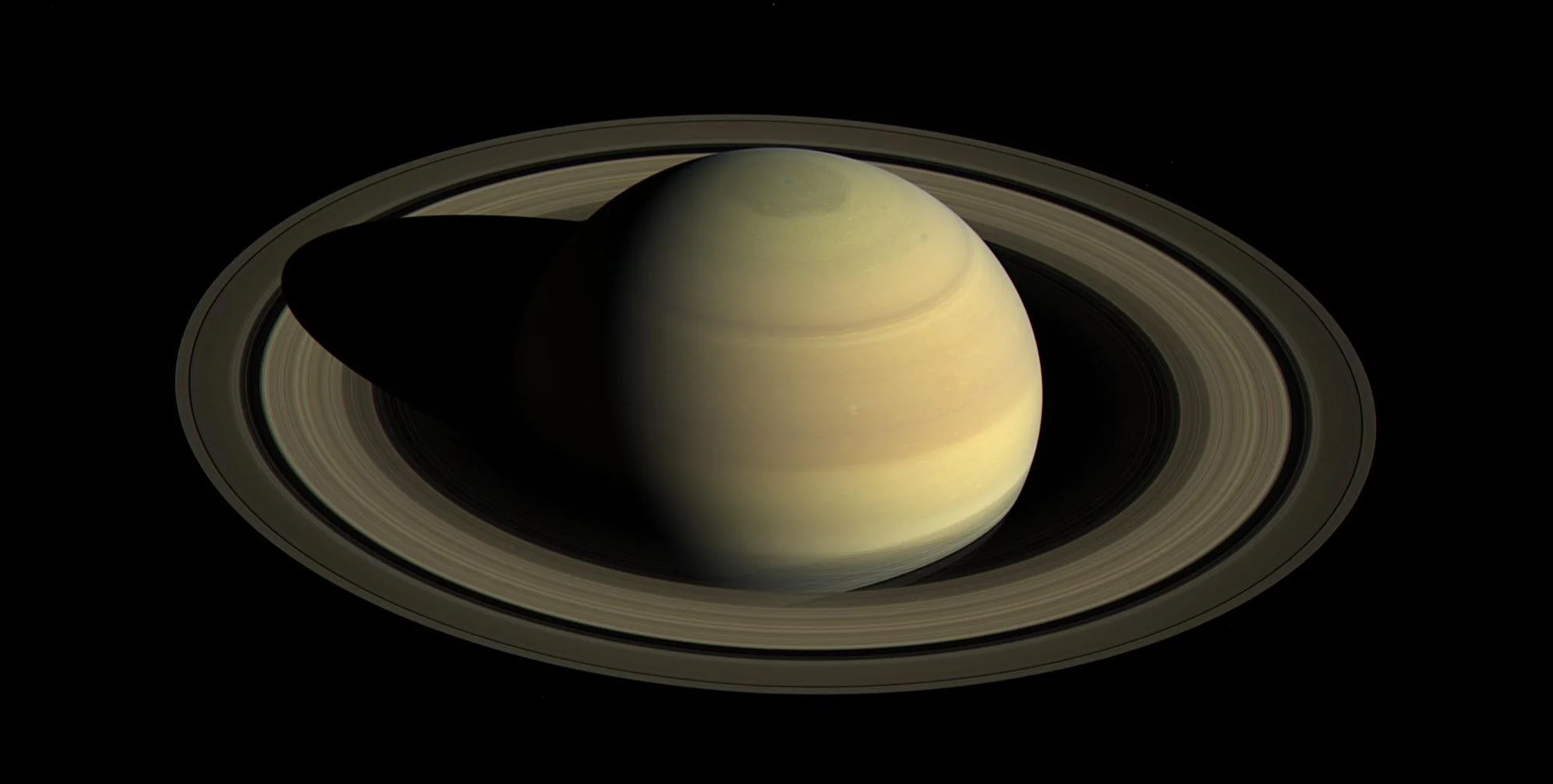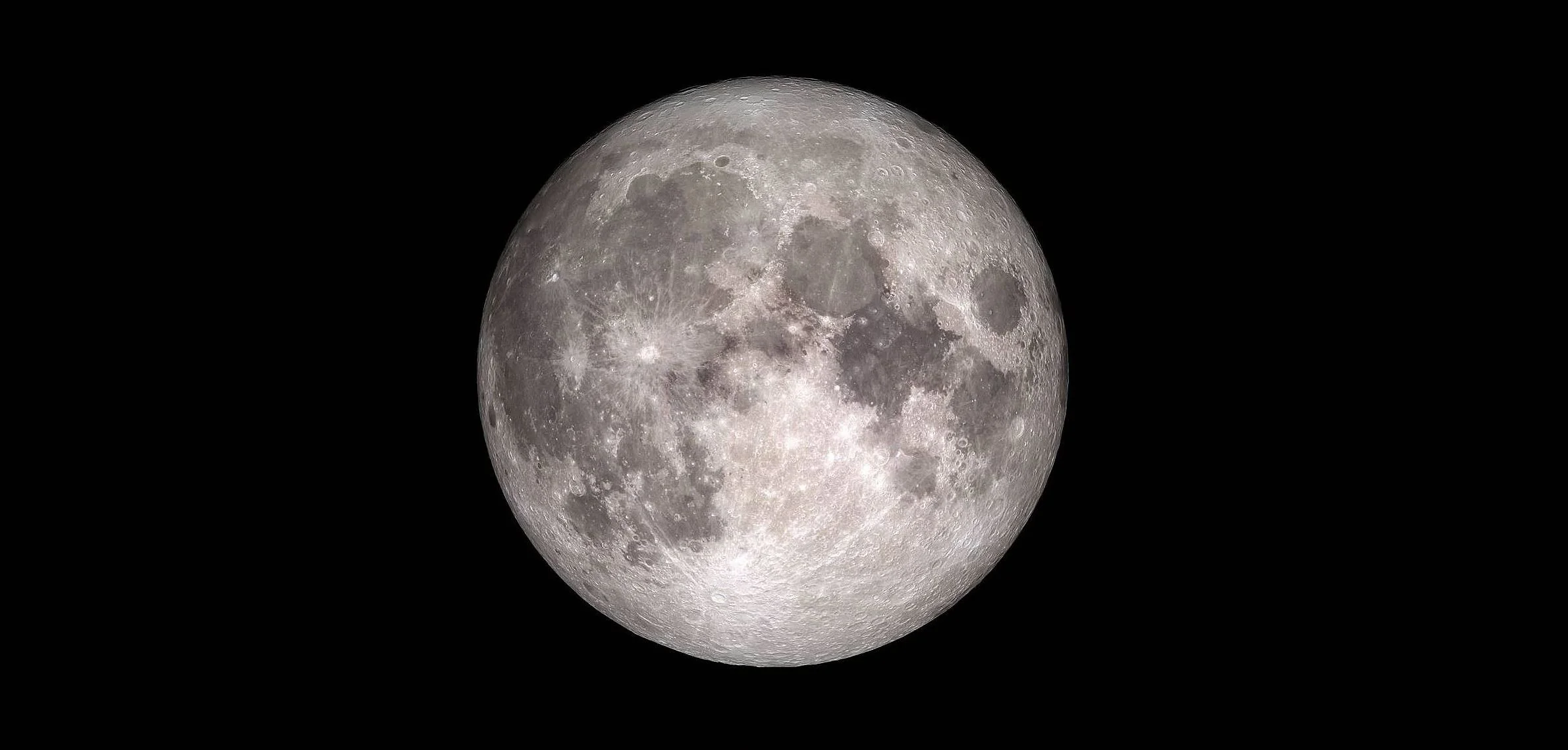The era of renewed space exploration has led to some rather ambitious proposals. While many have been on the books for decades, it has only been in recent years that some of these plans have become technologically feasible. A good example is asteroid mining, where robotic spacecraft would travel to Near-Earth Asteroids and the Main Asteroid Belt to harvest minerals and other resources.
European Southern Observatory’s Cosmic Gems Programme captures last breath of a dying star
The faint, ephemeral glow emanating from the planetary nebula ESO 577-24 persists for only a short time — around 10,000 years, a blink of an eye in astronomical terms. ESO’s Very Large Telescope captured this shell of glowing ionised gas — the last breath of the dying star whose simmering remains are visible at the heart of this image. As the gaseous shell of this planetary nebula expands and grows dimmer, it will slowly disappear from sight.
Geothermal Heating Could Make Life Possible on the Super Earth Planet at Barnard’s Star
In 2018, scientists announced the discovery of a extra-solar planet orbiting Barnard’s star, an M-type (red dwarf) that is just 6 light years away. Using the Radial Velocity method, the research team responsible for the discovery determined that this exoplanet (Barnard’s Star b) was at least 3.2 times as massive as Earth and experienced average surface temperatures of about -170 °C (-274 °F) – making it both a “Super-Earth” and “ice planet”.
Scientists Finally Know What Time It Is on Saturn
Using new data from NASA's Cassini spacecraft, researchers believe they have solved a longstanding mystery of solar system science: the length of a day on Saturn. It's 10 hours, 33 minutes and 38 seconds. The figure has eluded planetary scientists for decades, because the gas giant has no solid surface with landmarks to track as it rotates, and it has an unusual magnetic field that hides the planet's rotation rate. The answer, it turned out, was hidden in the rings.
NASA’s Campaign to Return to the Moon with Global Partners
The Moon is a fundamental part of Earth’s past and future - an off-world location that may hold valuable resources to support space activity and scientific treasures that may tell us more about our own planet. Americans first walked on its surface almost 50 years ago, but the next wave of lunar exploration will be fundamentally different.
Seeding the Milky Way with Life Using Genesis Missions
When exploring other planets and celestial bodies, NASA missions are required to abide by the practice known as “planetary protection“. This practice states that measures must be taken during the designing of a mission to ensure that biological contamination of both the planet/body being explored and Earth (in the case of sample-return missions) are prevented.
Titan’s Thick Clouds Obscure our View, but Cassini Took these Images in Infrared, Showing the Moon’s Surface Features
Saturn’s moon Titan is a very strange place. It’s surrounded by a dense, opaque atmosphere, the only moon in the solar system with an atmosphere to speak of. It has lakes of liquid methane on its surface, maybe some cryovolcanoes, and some scientists speculate that it could support a form of life. Very weird life.
A New Technique to Figure Out How Old Stars Are
Our understanding of the universe, and of the Milky Way, is built on an edifice of individual pieces of knowledge, all related to each other. But each of those pieces is only so accurate. The more accurate we can make one of the pieces of knowledge, the more accurate our understanding of the whole thing is.
Bizarre Double Star System Flipped its Planetary Disk on its Side
Astronomers theorize that when our Sun was still young, it was surrounded by a disc of dust and gas from which the planets eventually formed. It is further theorized that the majority of stars in our Universe are initially surrounded in this way by a “protoplanetary disk“, and that in roughly 30% of cases, these disks will go on to become a planet or system of planets.
For the first time ever scientists succeeded to grow plants on the Moon
Hubble sees the brightest quasar in the early Universe
The NASA/ESA Hubble Space Telescope has discovered the brightest quasar ever seen in the early Universe. After 20 years of searching, astronomers have identified the ancient quasar with the help of strong gravitational lensing. This unique object provides an insight into the birth of galaxies when the Universe was less than a billion years old.
Giant Streak Structure Found in Venus’ Cloudtops
In the far Future our Sun will Turn Into a Solid Crystalline White Dwarf. Here’s How it’ll Happen
About fifty years ago, astronomers predicted what the ultimate fate of our Sun will be. According to the theory, the Sun will exhaust its hydrogen fuel billions of years from now and expand to become a Red Giant, followed by it shedding it’s outer layers and becoming a white dwarf. After a few more billion years of cooling, the interior will crystallize and become solid.
Nobody predicted this galaxy would be so lonely
Rotating black holes may serve as gentle portals for hyperspace travel
It Looks Like Dark Matter Can be Heated Up and Moved Around
Look at a galaxy, what do you see? Probably lots of stars. Nebulae too. And that’s probably it. A whole bunch of stars and gas in a variety of colorful assortments; a delight to the eye. And buried among those stars, if you looked carefully enough, you might find planets, black holes, white dwarves, asteroids, and all sorts of assorted chunky odds and ends. The usual galactic milieu.
‘The Cow’ explosion: how astronomers are cracking one of the greatest new mysteries of the sky
Something highly unusual was picked up by the Asteroid Terrestrial Impact Last Alert System (ATLAS) on June 16, 2018. The discovery of a strange flare in the sky – brightening and fading – was reported in an astronomical telegram, which then alerted scientists. The source was named AT2018cow – based on a naming convention for transient sources where the last three letters are randomly assigned. Understandably, though, scientists quickly nicknamed it “the Cow”.
Holy Cow! Mysterious Blast Studied with NASA Telescopes
A brief and unusual flash spotted in the night sky on June 16, 2018, puzzled astronomers and astrophysicists across the globe. The event — called AT2018cow and nicknamed "the Cow" after the coincidental final letters in its official name — is unlike any celestial outburst ever seen before, prompting multiple theories about its source.
Hubble takes gigantic image of the Triangulum Galaxy
The NASA/ESA Hubble Space Telescope has captured the most detailed image yet of a close neighbour of the Milky Way — the Triangulum Galaxy, a spiral galaxy located at a distance of only three million light-years. This panoramic survey of the third-largest galaxy in our Local Group of galaxies provides a mesmerising view of the 40 billion stars that make up one of the most distant objects visible to the naked eye.


















